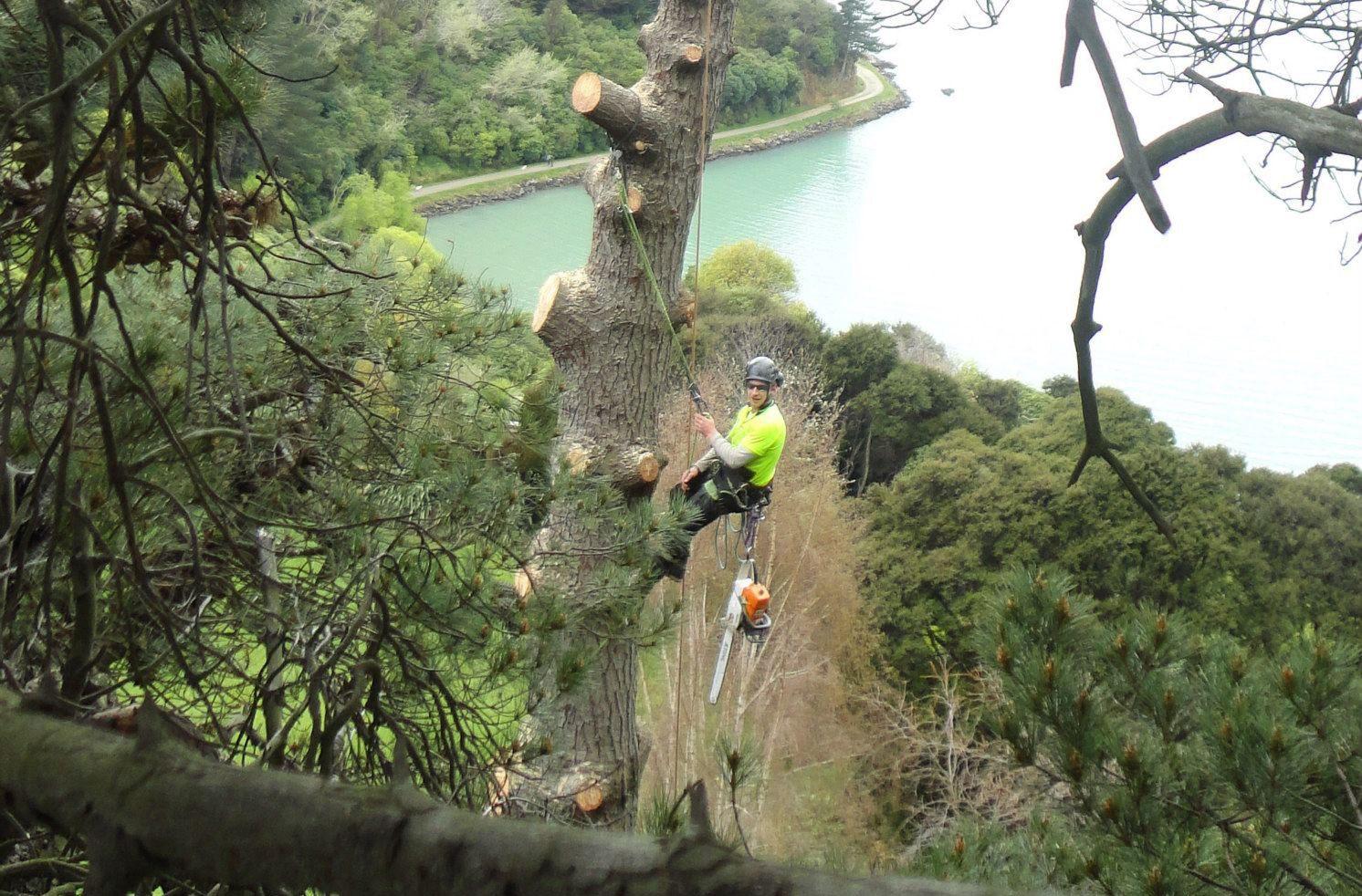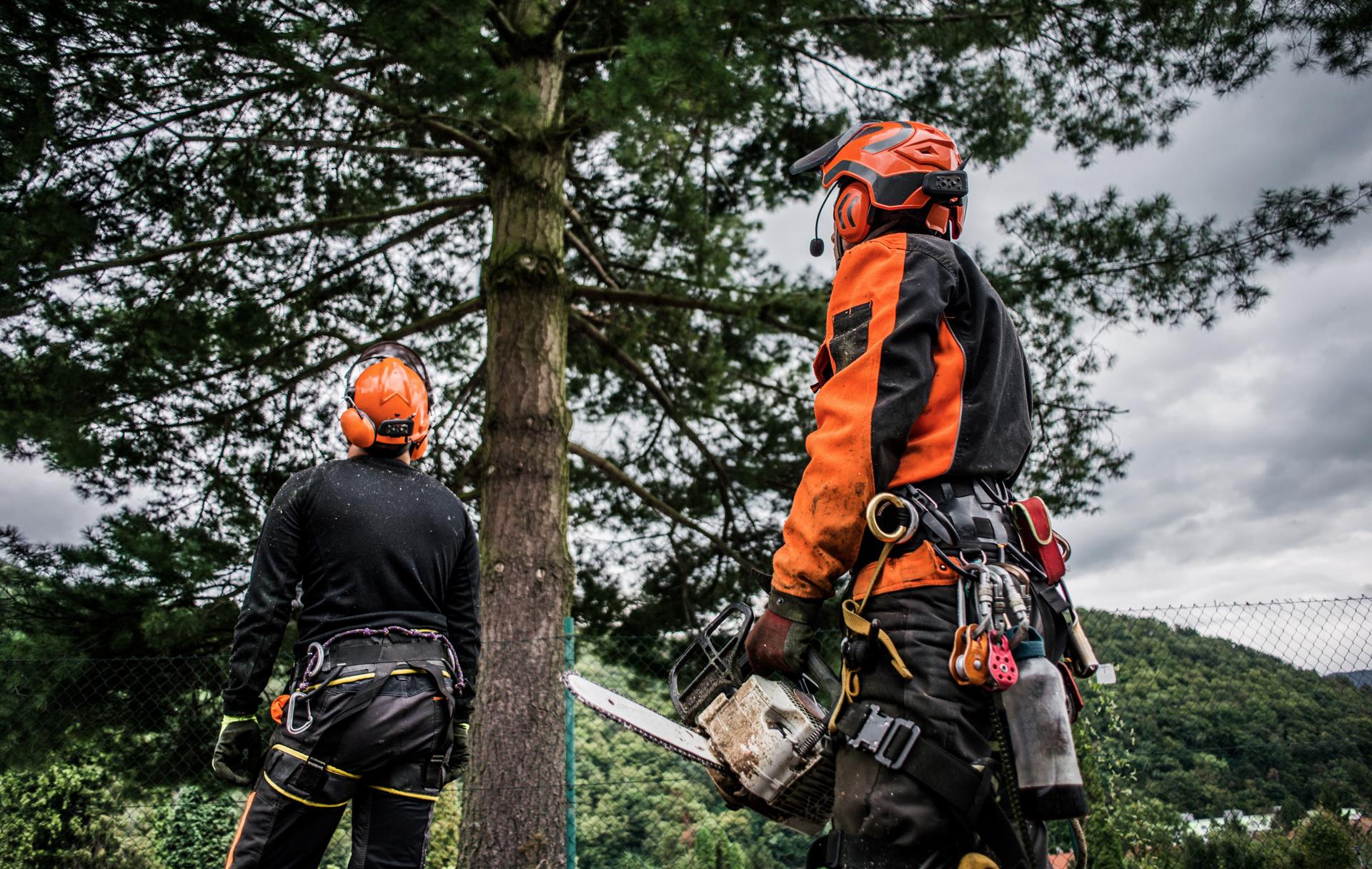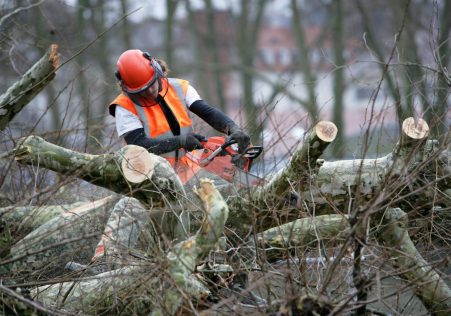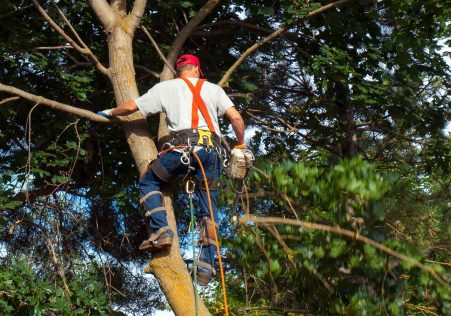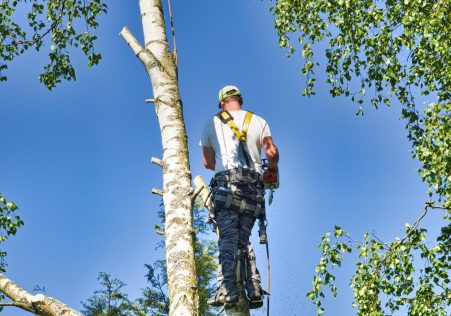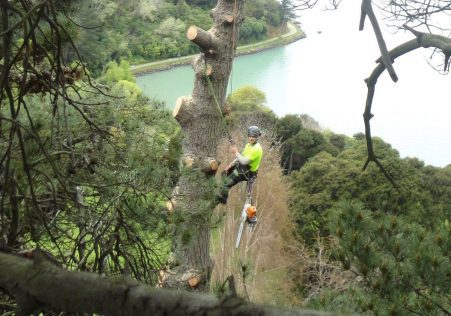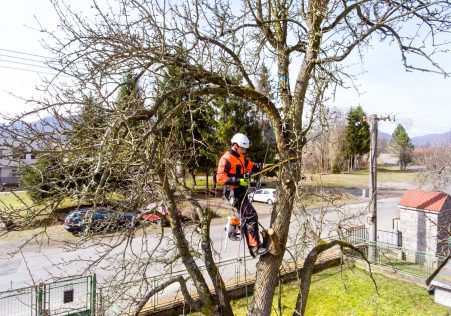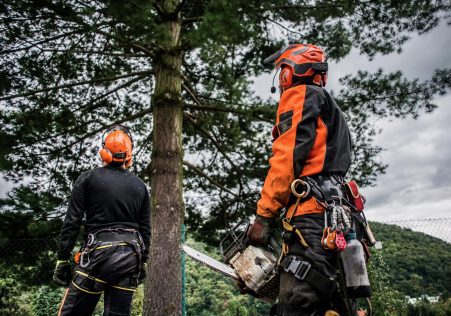A Beginning's Introduction to Understanding Protected Trees
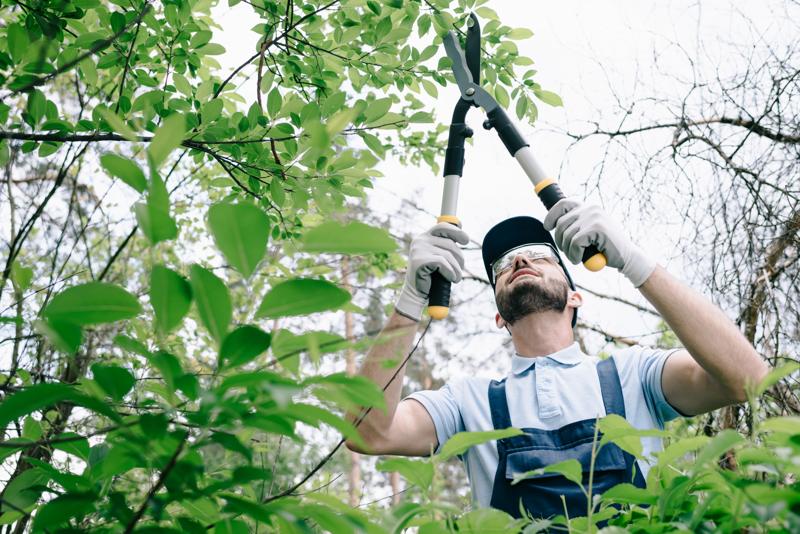
Trees play a crucial contribution to our ecosystem as they provide shade, clean air and aesthetic value our surroundings. However they are not all identical and some are granted an additional status of protection, making it illegal to do any work without permission. If you’re thinking of having a tree removed it is essential to know the status of protection for the tree being considered and the steps you need to take to comply with the laws. The following article we will help you understand the process of determining whether a tree is secured and the steps you will need be doing to make sure you are following the law.
What exactly is a tree that is protected?
A protected tree has been subjected to certain legal controls It is illegal to work on a protected tree without the required permissions. There are two kinds of protection that trees could be protected by - preservation and protection orders that are statutory.
Protection under the law
In the context of legal protection, trees are protected by law and are in the hands of Tree Preservation Orders (TPOs). TPOs are put in place by local authorities in order to protect trees of significant value to the public and ensure they are not destroyed or damaged.
Preservation orders
Preservation orders are similar to TPOs but are issued through the secretary of state for the Environment. Preservation orders for trees are considered to be of exceptional value and are protected from any kind of work, including the felling.
What can I do to determine if a tree is protected?
To determine if trees are protected, you will need to determine if the tree is in the process of being subject to an TPO or preservation orders. This can be done by contacting the municipal authority, and asking them to search their records.
TPO search
To find a TPO You can reach your local Tree and Woodland Officer at the local authority. They will inform you whether the tree is protected. They’ll also be able to guide you on the next steps you should take if the tree is in a protected area.
Preservation order search
In order to search for a preservation order, you’ll need to call the Secretary of State for the Environment. They will tell you if the tree is protected and provide you with the information you require and direction.
FAQs:
What happens if I carry out work on a protected tree without permission?
If you do work on a tree that is protected without the proper permits, you could be facing massive fines or even prison.
Can I appeal an TPO or preservation order?
You can appeal a TPO or preservation or TPO if it’s not justifiable. But, you’ll need to prove your case and show why it is not necessary to appeal the TPO or preservation order isn’t needed.
Can I take down a protected tree?
It is illegal to remove trees that are protected without the required permissions. If you want the tree to be removed then you must seek permission from the council and provide evidence to support your case.
Conclusion
In conclusion, discovering whether trees are protected is a crucial aspect in ensuring that any tree work legally completed. Understanding the different kinds of protection and how to determine if they are protected, you can ensure that you’re in compliance with the law and protecting the trees you care for. If you’re not sure about the protection status of the tree you are in charge of, we suggest seeking professional advice from a reputable tree specialist, such as Tree Cutting Services Brisbane. Our arborists are experienced and can advise you about the protection status of your trees and walk you through the required steps to make sure you’re complying with the laws. With our experience and dedication to providing high-quality tree services We can assist you to maintain the beauty and worth that your trees have. Contact us now by calling 1300 394 784 to schedule a consultation and let us help you ensure that your trees are protected and healthy.

